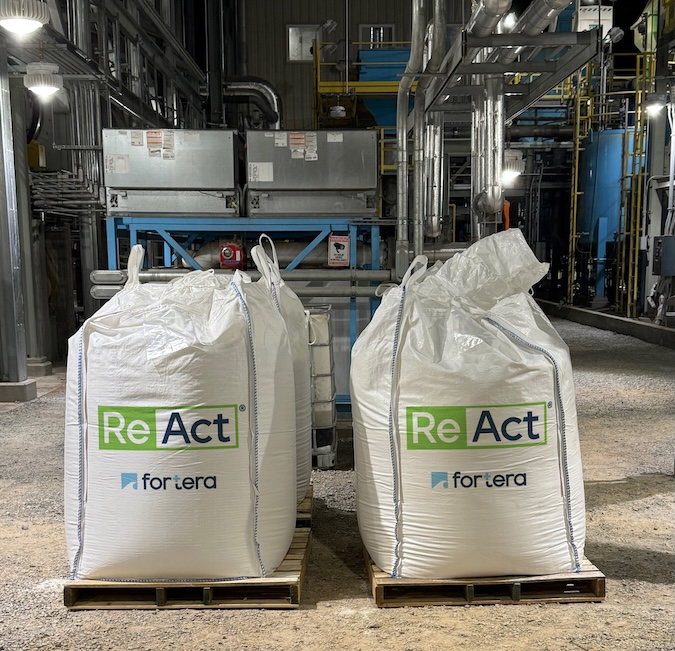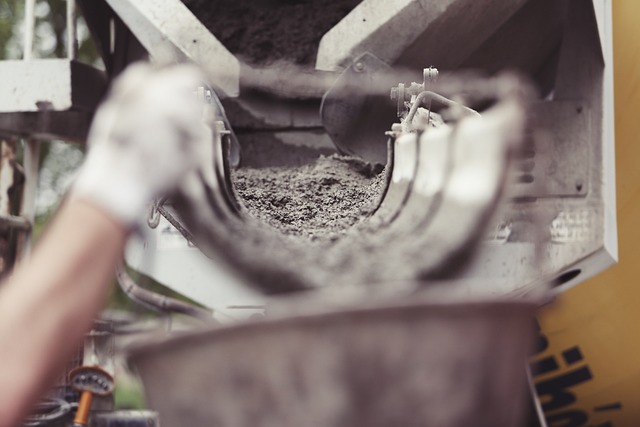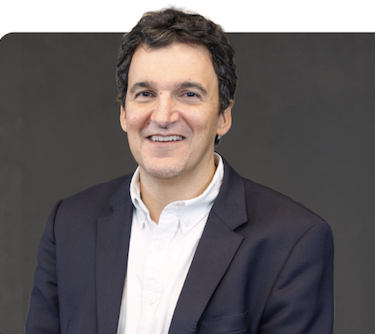Pond Biofuels’ pilot plant located next to St Marys Cement Co.’s plant in St. Marys, Ontario, is taking raw smokestack gas from the cement plant and growing algae, according to Beacon News.
The company just installed their own third-generation 25,000 liter bioreactor. “We consider ourselves a carbon recycling technology. Something that allows us to reuse a byproduct from industry,” said Steve Martin, founder and chief scientist of Pond Biofuels.
Pond Biofuels takes raw smoke stack emissions from the cement plant and feeds it to the algae. The St. Marys Cement plant produces 720,000 tonnes of cement and 540,000 tonnes of CO2 each year. Currently Pond Biofuels only uses a small portion of that total output.
It’s not just the CO2 that’s being captured. NOX and SOX also get metabolized by the algae as well. Most pollution control technologies just cost money but Pond’s algae helps control pollution and produces a potentially useful product as well.
Every kilogram of algae that Pond Biofuels produces prevents 2 kg of CO2 from being emitted into the atmosphere. Martin has visions of algal farms connected to these industrial facilities turning their smokestacks into profit centers, all using Pond Biofuels licensed technology.
“I think that industry is looking for realistic improvements in their carbon footprint. The technology could ultimately scale to take 100 percent of the emissions, but if you could deliver a 5 to 10 percent reduction in what the facility is putting out I think you’d have a lot of happy people both in the community and in industry,” said Martin.
Proving the production of algae at commercial scale is important but the other important part is finding a market for the algae. “Between 10 to 20 percent of it is oil that can be used for producing biodiesel,” said Steve Martin. It could also be used a coal replacement, a soil amendment or even animal feed and it can be easily dried using waste heat from the cement plant.



